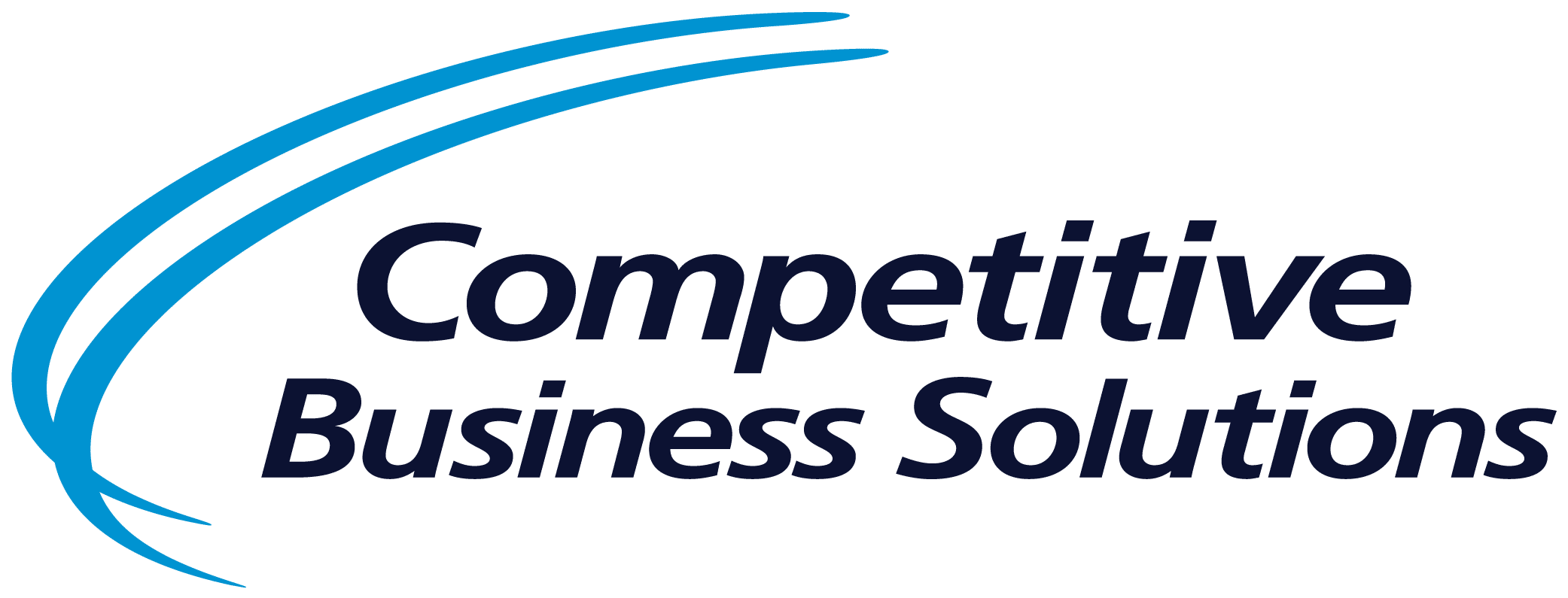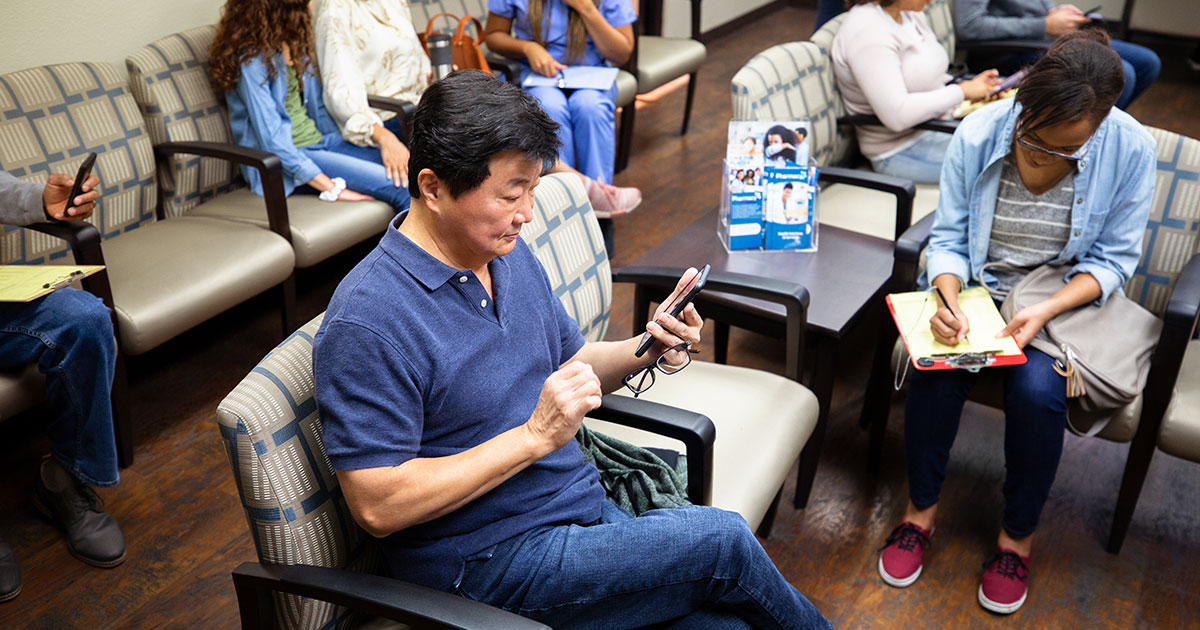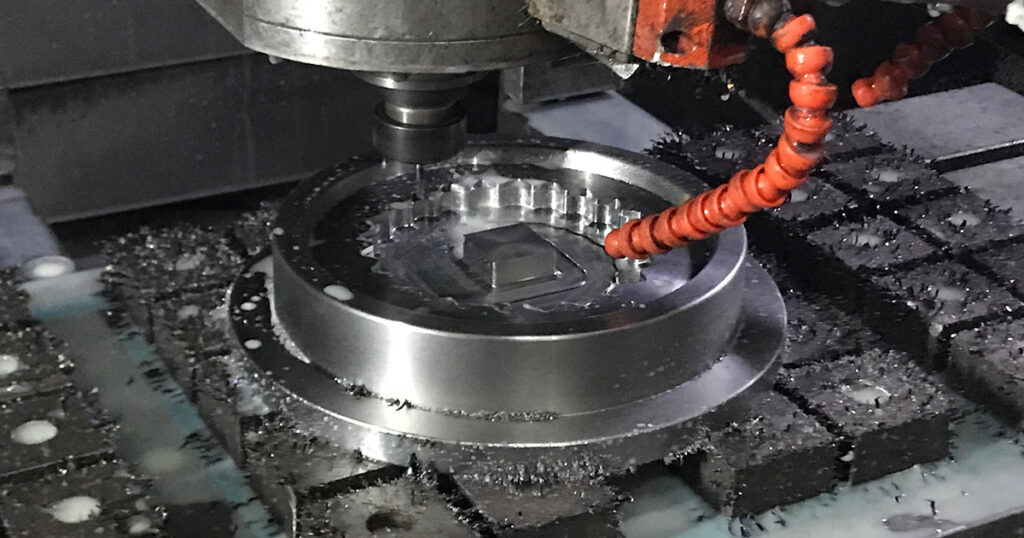Overview
The Emergency Department (ED) is the front door to a hospital. As much as 80% of all admissions arrive through these doors. One of the biggest issues facing hospitals today is patient wait time. Leadership in a medium-size Central California hospital found themselves in a situation where patients were arriving to a hectic and congested waiting room with wait times exceeding 3 hours. During this time, 12% percent of their patients decided to forgo seeing a doctor and returned home. This was not only dangerous for the patients, but it also damaged the reputation of the hospital within the community. The hospital leadership team determined that something needed to change quickly for the improvement of patient care.
The Challenge
The Emergency Department leadership was challenged to decrease the length of stay for discharged patients by improving the flow of patients through the ED without sacrificing the quality of care. The Turnaround Time (TAT) from Door to Doc was averaging 80 minutes. A patient would arrive to the ED waiting room, register, and wait almost an hour and a half before seeing a doctor or mid-level provider. The industry benchmark for a hospital this size was 40 minutes. Because of this long wait time, some patients grew tired and left, resulting in an average Walk Out Rate of 12%. According to the Studer Group, this rate was approximately 4 percentage points higher than a hospital of the same size in this region. Understanding that immediate change was needed, the department leadership evaluated potential approaches and determined that a Kaizen event focusing on the “front-end” operations would improve throughput efficiencies.
The Approach
The Emergency Department leadership arranged for a group of employees to participate in a one-week Kaizen event to help understand and improve the current front-end flow process. The event participants were selected from a group of people who worked in the process and those who supported or were supported by the process. Two community volunteers who had been patients during the past year were also selected. The team was guided by an external consultant and facilitator using a typical 5-day Kaizen format (pictured below).
The team first conducted a basic lean training and then proceeded using the teachings learned to capture the current state process. The team determined the issues or main constraints contributing to the delay of care were:
- Most patients arriving to the ED were hurt in some way, scared and confused, yet there wasn’t always a staff member available to direct them. Since the patients did not know how to navigate the process, and no one was there to help them, there was a tendency to give up and leave.
- Once the patient was able to find the registration area, a triage nurse greeted them, took their vitals, and assigned an acuity level, placing their information in the computer. This created a lengthy queue of patients until a bed became available.
- “Vertical patients” (patients that could sit in a chair) were placed in available beds instead of only the patients who needed a bed. A patient with a sore throat was treated the exact same way as patients with more serious illnesses, thus creating a bottleneck of available bed space.
- Finally, when rooms did become available, a transporter was not available to move the patient from the waiting room to their assigned bed, extending the waiting room time.
The current state data was captured:
On average 223 patients arrive to this emergency room daily.
12% of patients leave the ED before the encounter has been completed.
This not only creates a negative patient encounter, but also hurts the hospital’s revenue.
Working through the Kaizen steps and understanding the gaps associated with the current process, the team developed 2 solutions that significantly improved the patient experience and decreased wait time.
- The team added a Greeter Tech position to the Waiting Room. This Tech was assigned to greet the patient and family at the door, help guide them to the registration area and ambulated the patient, if necessary. By adding this position, the team was able to redeploy the Triage Nurse and Pull Tech to the new Rapid Medical Evaluation area (see below).
- The team created a Rapid Medical Evaluation (RME) team and dedicated area – an urgent care inside the emergency department. The team was able to acquire 3 beds close to the waiting room to create the area. They developed a flow where all patients went through this area for their initial assessment by the RME team. This new process allowed non-urgent patients to move from assessment to discharge quickly allowing only higher acuity patients to occupy the beds.
The RME Team and their responsibilities are detailed below.
| RME Team Members | Responsibilities |
| Provider (Physician, MP, PA) | Conduct Rapid Medical Evaluation, determine if further intervention is needed, provide plan of care, place orders (if needed). |
| Scribe | Help reduce the NVA process of documenting the encounter while the Provider focuses on patient care. |
| Intervention nurse | Conduct initial assessment, determine acuity, assist with immediate medical needs, assist with blood draws, assist provider, determine destination or complete discharge. |
| Phlebotomy Tech | Identify physician orders, draw urine and blood samples if needed, work with Pull Tech to prepare room for the next patient at the end of the encounter. |
| Pull Techs (2) | Move patients from waiting room, complete charts, collect vitals, assist with discharge for low acuity-level patient, move patient to discharge area or assigned bed in the ED, prepare room for the next patient at the end of the encounter. |
| Registration Tech | Available for full registration of all patients once assessment and plan of care has been determined. Complete all registrations by the time patient leaves the RME area (with minor exceptions). |
All improvements were completed and implemented by the end of the initial weeklong event. The Lean facilitator and team leader worked with the department employees for 4 weeks following the event to finalize the standard work for the new processes. They spent time verifying the results and implementing additional improvements to the process.
Statistical Results
| Metrics | Initial | Target | Actual | Change |
| Walk Out Rate (LWOBS) | 12% | 8% | 7.9% | 34% Improvement |
| Door to Doc (min) | 80 | 40 | 24 | 70% Improvement |
Conclusion
During the week, the Kaizen team implemented the recommended solutions. The solutions showed a 70% improvement in the flow of the ED front-end process, a 34% decrease in the Walk Out Rate and a 4% increase in the number of average monthly patients. Training and implementation of the new RME processes started immediately and took about 4 weeks to fully implement across the 24/7 operation. Once fully operational, monthly department revenue increased over $100K based on the improvements. The significant results prompted department leadership to use this same event format on other deficient areas of the process.
About Competitive Business Solutions
Competitive Business Solutions consultants are masters of world-class operating and lean sigma principles. Creative problem-solvers throughout the improvement process—from initial discovery and strategic solution development to implementation and knowledge transfer—CBS consultants take pride in their client relationships, working side-by-side with every member of onsite teams to identify performance issues quickly and effectively, with significant and sustainable business improvement as a result.



